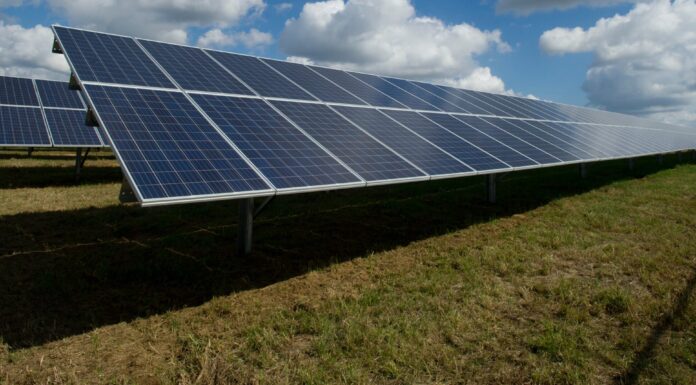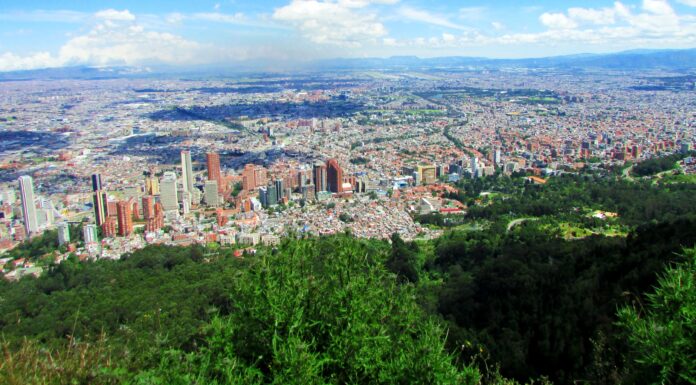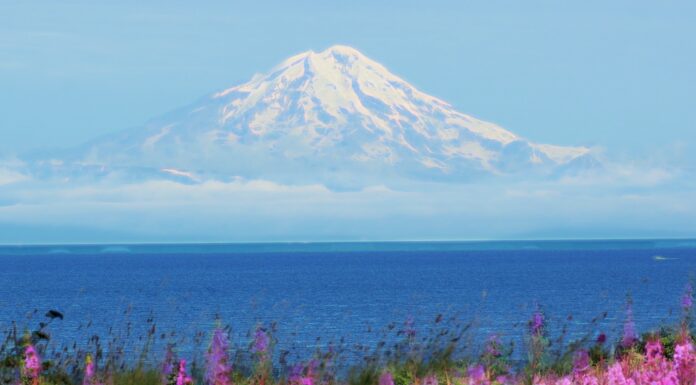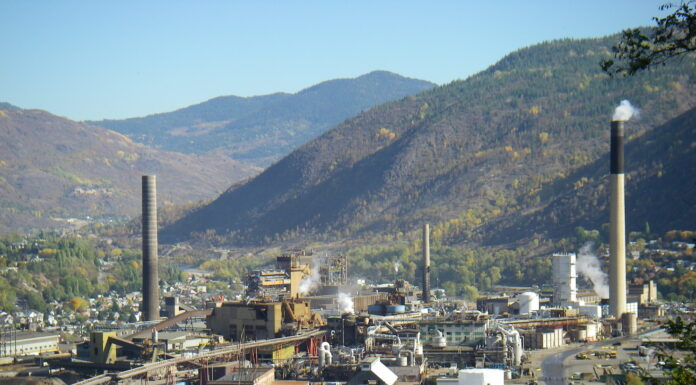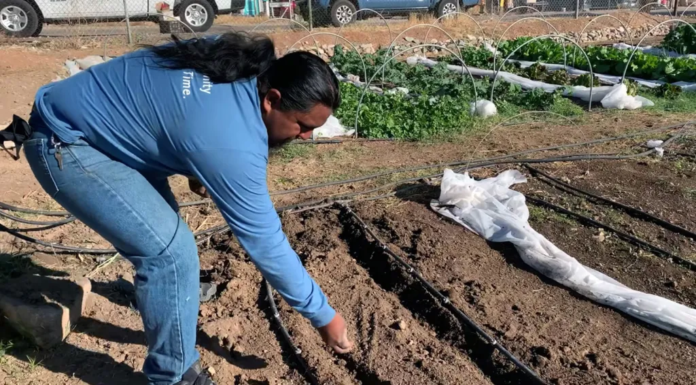Written by: Max Callaghan
Limiting global warming to 1.5℃ above pre-industrial levels requires reaching net zero emissions by the middle of this century. This means that, in less than three decades, we need to reverse more than a century of rising emissions and bring...
Written by: Mitchell Beer
A group of 15 trainees will be heading out into the field to begin converting two Alberta oilfield sites into solar farms, after graduating from a rapid upskilling program for fossil industry and Indigenous workers...
Written by Kimberly White
The future of one of the world’s most biodiverse countries may become a little greener following a surprising electoral victory. Gustavo Petro and his running mate, Goldman Environmental Prize-winning environmental activist Francia Márquez, won Colombia’s 2022...
Written by: Samantha Harrington
https://youtu.be/roG6zXTUPgs
It’s officially hurricane season in the Atlantic Ocean, and it’s expected to be an active one. In a webinar on Friday, June 3, Eye on the Storm meterologists Jeff Masters and Bob Henson presented a preview of the...
Written by: Rene Van Acker, Evan Fraser, and Lenore Newman
Globally, about one-third of all greenhouse gas emissions come from agriculture and food systems. The carbon footprint of food systems includes all the emissions from its growing, processing, transportation and waste.
Agriculture is...
Written by: Kimberly White
Vanuatu's call for the International Court of Justice to render an advisory opinion on the issue of climate change and human rights has received backing from island states as well as a myriad of civil society...
Interview with Inge Relph, Co-Founder and Executive Director of Global Choices
https://youtu.be/PtBLdNTXe7k
Interview TranscriptTranscribed by Otter AI
Kimberly WhiteHello, and welcome back to Common Home Conversations. Today we're joined by Inge Relph, Co-Founder and Executive Director of Global Choices. Thank you so...
Written by: Kimberly White
The U.S. Administration has nixed three oil and gas lease sales in the Gulf of Mexico and off the coast of Alaska. The three sales would have opened up more than a million acres of ocean...
Written by: The Energy Mix
A heavy industry town in British Columbia with an ingrained suspicion of government has decided to say yes to a 100 percent renewable energy transition by 2050, after a local climate group spent time meeting...
Written by: YCC Team
As the climate warms and the threat of water scarcity grows, a Native-governed nonprofit in Arizona is working to bring back Indigenous crops that are adapted to hot, dry conditions.
The Ajo Center for Sustainable Agriculture trains Indigenous growers...


